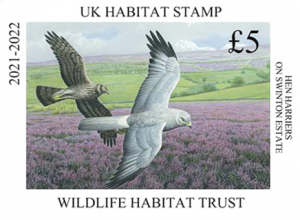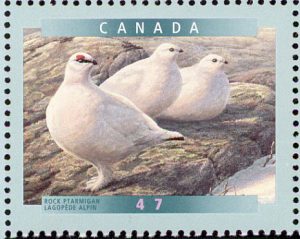Introduction
The Wildlife Habitat Trust (WHT) is an organisation that dates from 1986, when members of the British Association for Shooting and Conservation (BASC) got together to create an entity that has as its aim to raise and distribute funds to acquire land for shooting and conservation. Today, the WHT provides grants to help manage sites for wildlife and more recently, has been involved in providing support for local and national biodiversity plans.

The Wildlife Habitat Conservation Trust (WHCT) is the charitable organisation (registered charity 1013816) that manages the UK Habitat Conservation Stamp Programme. A major part of the UK Habitat Stamp income is used to assist habitat conservation across the UK. Working with government agencies, the income from UK Habitat Stamps has helped contribute to acquisition and management of some important wetlands, some of which are Ramsar sites.
The UK Habitat Stamps
The WHT has issued a UK Habitat Stamp annually since 1991, based on specially commissioned wildlife artwork, which generally features a waterfowl as the central image. The WHT has always priced the stamp at £5. In creating the UK Habitat Stamp, the trustees of the WHT were inspired by the success of the US Federal Duck Stamp programme, which has been raising funds for wetlands conservation since 1934, the date of the first stamp issue.




